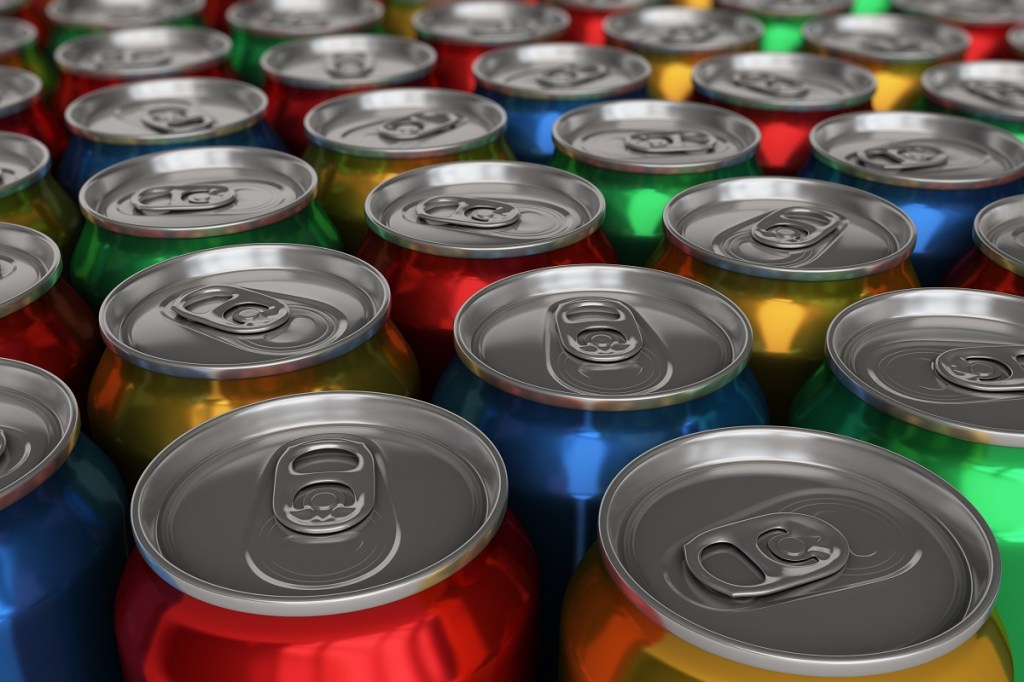The Australian Medical Association’s (AMA) proposal for a tax on sugary drinks has been met with opposition from the Australian Beverages Council (ABCL).
The AMA has recommended the federal government implement a tax of 40 cents per every 100g of sugar that manufacturers add to drinks, meaning a 16-cent increase to the price of a regular can of soft drink.
Dr Danielle McMullen, Vice President of AMA, said that over a 25-year period they estimate this would result in 16,000 fewer cases of type 2 diabetes, 4,400 fewer cases of heart disease, and 1,100 fewer cases of stroke.
“It would also generate revenue of up to $814 million annually which we say should be spent on preventative health measures.”
Geoff Parker, CEO of the Australian Beverages Council, said that diet-related disease is complex and caused by many factors, and all sectors of the shopping trolley must play their part in helping Australians make healthier choices.
“In 2023 we need innovative, real-world evidence-based solutions to address lifestyle health challenges rather than slapping another tax on the weekly shop of Australians. The drinks industry urges other categories in the shopping trolley to make their own commitments and play their part in helping people choose healthier options.”
Parker said that the recent 2022 Sugar Reduction Pledge report found that for the first time in Australia, no and low sugar options account for half of all sales, up from 47 per cent on the previous year.
“This reinforces previously published research on more than two decades of drink consumption in Australia which revealed a long-term shift in Australians’ non-alcoholic drink choices over the period, including that Australians now drink almost five times more bottled water than they did two decades ago.”
McMullen claimed that Australia was becoming the odd one out in the world by not adopting a tax on Sugar-Sweetened Beverages (SSB).
“It’s no wonder 85 governments across the globe are choosing to tax sugary drinks and other products this way, because the evidence is showing it’s effective at reducing consumption of these products and raising revenue, so why not in Australia?
“Australians drinks enough sugary drinks to fill 960 Olympic swimming pools each year. We need something to help people choose water instead.”
Parker pointed to the UK and other countries as evidence that their beverages have not significantly lowered obesity levels, and the UK’s sugar has made a difference of only three calories per person per day.
“A University of Cambridge-led study found no reduction in weekly household purchases of sugar sweetened beverages, with consumers seeking out cheaper, non-taxed beverages. The study also identified a key outcome of the sugar tax being a 10 per cent reduction in the sugar content in taxed drinks – an outcome already vastly exceeded in Australia by ABCL’s Sugar Reduction Pledge.”
To stay up to date on the latest industry headlines, sign up to the C&I e-newsletter.


As a type 2 diabetic I hope this is also going to be done for fruit juices and drinks, as well as flavored milks.
Perhaps if they had to boldly label how many teaspoons of sugar were in every 100mls or per serve.
so called healthy orange juice was the straw that broke this camel’s back.